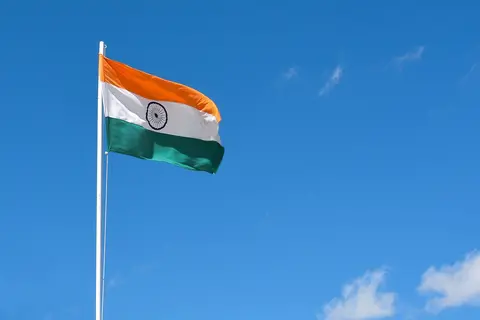Editor's Note:
The writer, Mr. I. Hussain Janjua is a senior media professional and analyst having experience of research & broadcast journalism in different organisations. He is a non-resident fellow of Chengdu Institute of World Affairs (CIWA). (Email: [email protected]; twitter: @ihussainjanjua)
With tensions further escalating between China and India after counter accusations of violating the consensus reached between the two sides after recent border clashes, political and military experts say the situation now is likely to get more complicated and tenser.
India and China are faced with each other along the Line of Actual Control (LAC), a de facto border line between the two nations in the Ladakh area of the disputed Jammu and Kashmir region, where 20 Indian soldiers were killed in June. However, since then a series of meetings has been conducted between the two countries, but without success.
Rajiv Ranjan, who teaches international relations at Shanghai University, reportedly told Anadolu Agency that the clashes in June in Ladakh have dented the India-China relationship. “With fresh tension reported, situation will remain tense and India might retaliate with limiting engagement,” he opined.
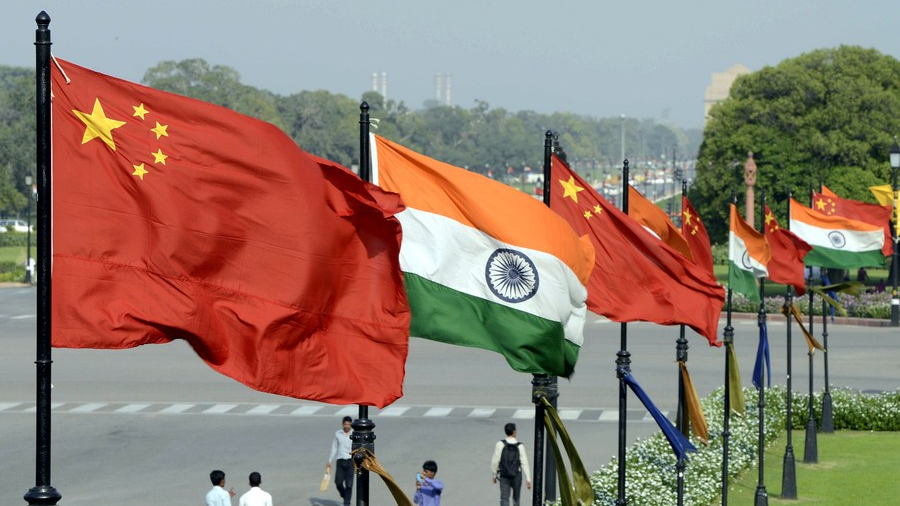
India’s Chief of Defense Staff General Bipin Rawat last week had stated the country has “military options” to deal with China if talks between the two countries fail while a former Indian military commander says, “I don’t see a war happening but tensions will increase.
“Leaders of both countries are mature enough to calculate the cost and benefit of the war. I believe that both sides will try to avoid a full-scale confrontation but as India and China are rising and are neighbors with long unsettled boundaries, more frictions are on the road ahead,” he said.
On the other hand, political commentators believe the standoff may find a solution through diplomatic talks.“I think that it will find a diplomatic settlement. Solution to the standoff is for both to work out a recognized Line of Actual Control,” Manoj Joshi, a distinguished fellow at New Delhi-based Observer Research Foundation and expert on India-China relations, was quoted as saying.
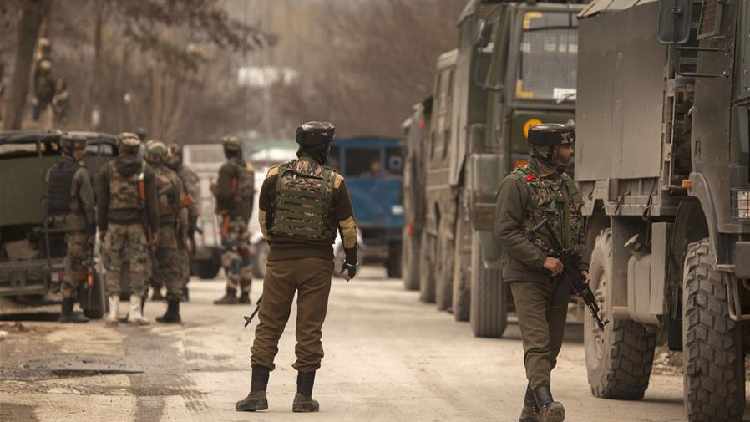
Reacting to the fresh tensions, China urged India to immediately stop any actions leading to the escalation and complication of the situation in the border region of Ladakh.
The spokesperson of Chinese Foreign Ministry called upon India to call back all its troops which illegally crossed over the border and refrain form such acts that tantamount to escalation of tension between the world’s most populous nations as this act undermines the previous efforts aimed at peaceful settlement of the issues.
While Ji Rong, a representative of Chinese Embassy in India, said in a statement: “India’s move has grossly violated China’s territorial sovereignty, seriously violated relevant agreements, protocols and important consensus reached between the two countries, and severely damaged peace and tranquility along the China-India border areas.”
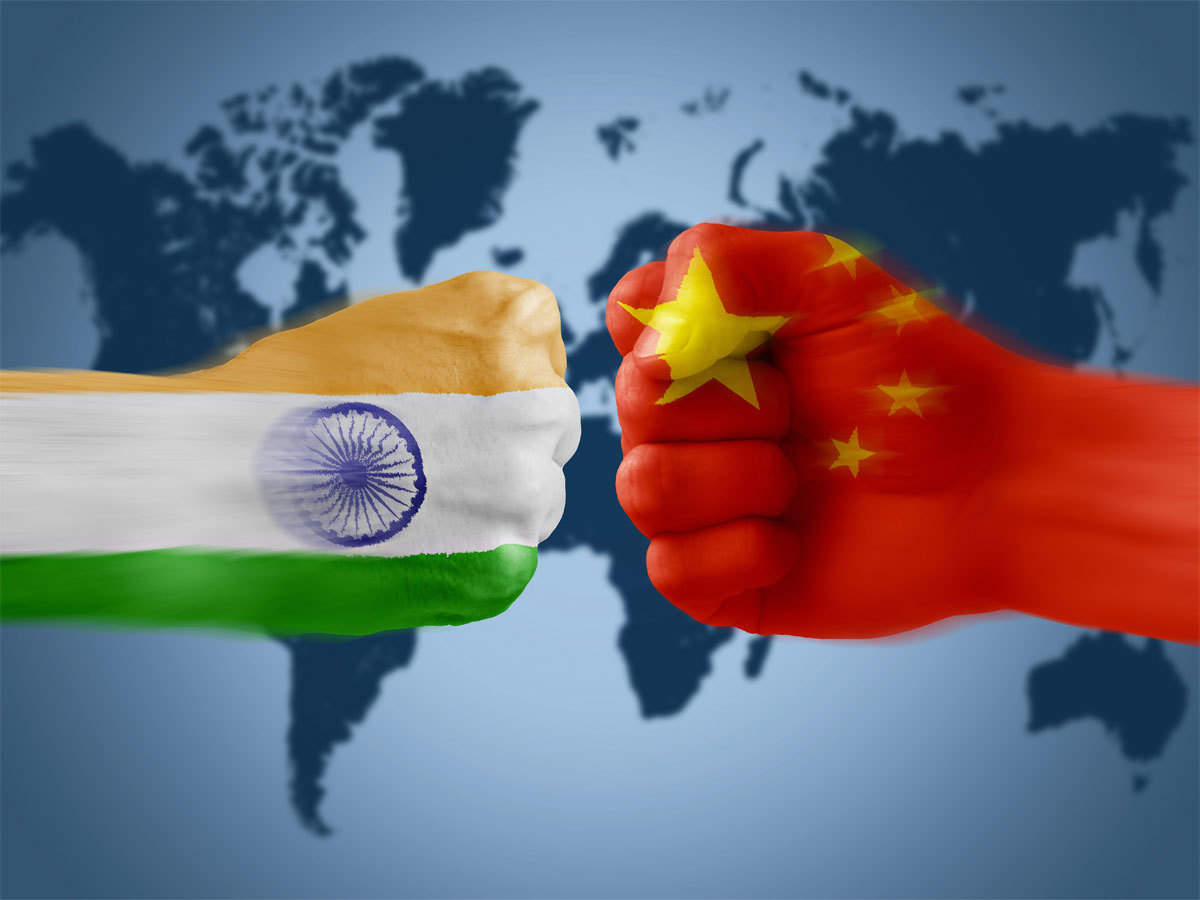
China’s People’s Liberation Army also accused the Indian side of committing violations. “Chinese troops are taking necessary measures in response to Indian troops’ provocations and will closely follow the situation and resolutely safeguard national sovereignty, peace and stability at the border area,” stated the army’s Western Theater Command.
Experts say New Delhi's unilateral changes in Kashmir spawned the border tensions between the Asian giants.The change "forced China into the Kashmir dispute," Wang Shida, a South Asia expert at the China Institutes of Contemporary International Relations, a Beijing-based think-tank, wrote in a recent report.
The Chinese foreign ministry had expressed its opinion clearly the day after the status change: "India has continued to undermine China's territorial sovereignty by unilaterally changing its domestic law ... such practice is unacceptable and will not come into force."
The tension between and India has aggravated since May at the Line of Actual Control (LAC) is highly dangerous for the world as the two biggest countries on the planet are standing against each other, not a good sign for the world.
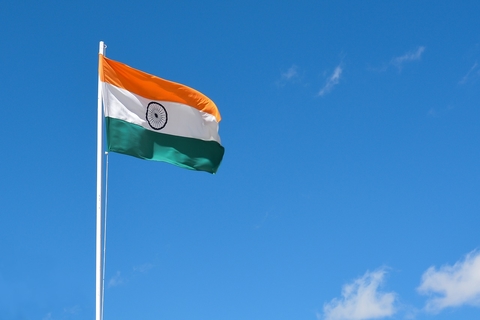
It’s really a worrisome situation because the two most populous nations on the planet that are facing each other. There’s not only 1.4 billion people on both sides, but they are also nuclear powers. So, it should not be taken light-heartedly.
India harbors aggressive designs in the region and to give went to its ambitions polarization in several parts of India is on the rise as the current Modi regime is following the agenda of Hindu supremacy while on the larger scale New Delhi is in unison with the US and it could go to any extent to materialize Washington’s interests in the wake of US-China trade war and diplomatic row as the situation is already tense in the south China sea.
In this scenario, where New Delhi is amassing latest weapons and openly threatens smaller nations in South Asia, if the nuclear powers are led into war even on a shorter scale, the likelihood of these nations getting dragged into it cannot be ruled out at all though it is only a remote possibility but in case of any miscalculation particularly on the part of India would definitely aggravate the situation.
However, it is hoped that both sides leadership would take into account the repercussions as in case of things going out of hand would endanger the lives of peoplein the most populous region of the world.
(ASIA PACIFIC DAILY)
 简体中文
简体中文

